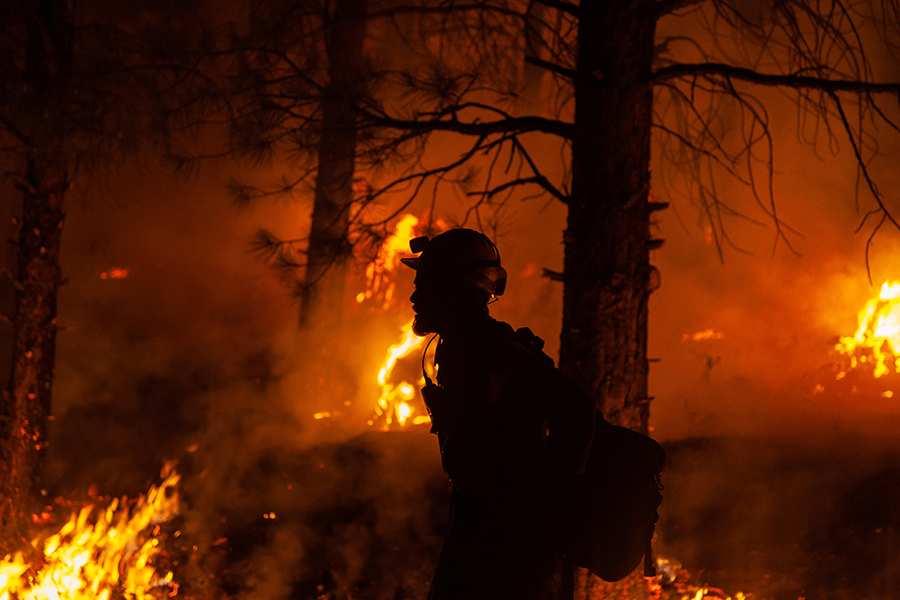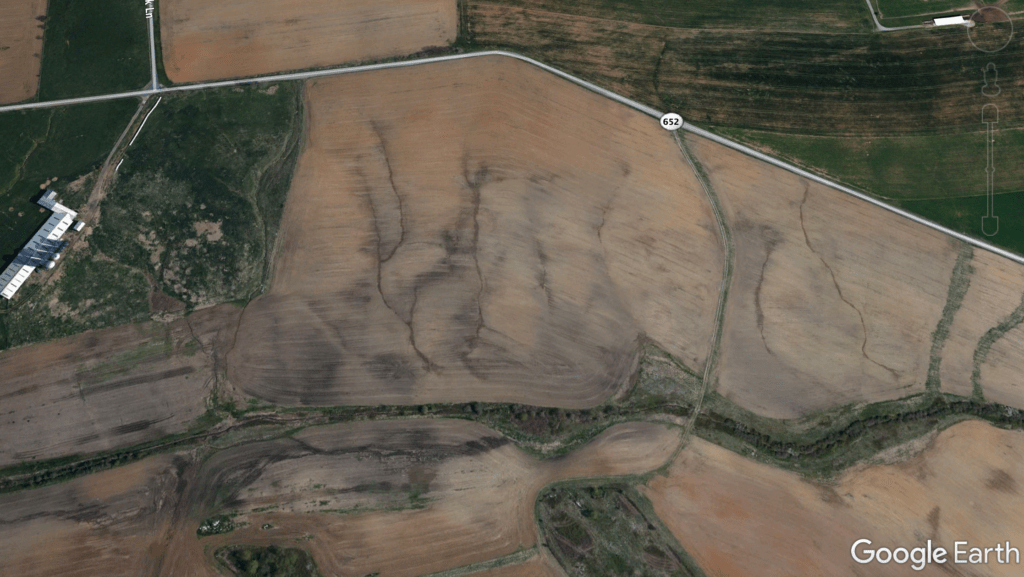Stop Whining About Solar Panels—We Need More Now
Note: The text of this post was published as an op-ed in the Virginia Mercury on 8/4/21.
Feeding Hay in July
Clouds of soil stir around the hooves of our cattle as they walk through the brown, dried-up pasture. Smoke haze from the megafires out west two thousand miles away permeates the sky. It’s just as the scientists said: The weather is getting warmer and weirder.
We have a cattle farm in the Shenandoah Valley. Usually, at this time of year, the pastures are green and lush with grasses and clovers, but this growing season, we are 10 inches behind with rainfall. There is nothing left in our pastures for our cows to eat. We started feeding them hay in July. Normally, we don’t feed hay until December.
Megafires out west, monsoon rain in Arizona, heat-wave deaths in Oregon, drought in the Valley . . . and we argue over how many solar panels farmers can put on their land. What’s up with that?
We need to get serious about reducing carbon-dioxide in our atmosphere. When I was born, in 1955, the atmospheric concentration of CO2 was 313 parts per million. On June 7 this year, climate scientists from Scripps and NOAA announced that the average concentration was 419 ppm—the highest it’s been in three million years.

Solar Panels Needed on Marginal Farmland
Weaning ourselves from fossil-fuel-generated electricity is the quickest and best way to reduce CO2 in the atmosphere. We need to put solar panels on every building, every brownfield, and, yes, on marginal farmland where it’s appropriate.
When farmers go before a local board to get permission to put up solar panels, they typically hear two arguments. One, the panels would be better placed on all the big box stores, warehouses, and distribution centers. And two, it’s going to ruin the viewshed of the neighbors.

Utility Companies Make it Unfeasible for Solar Panels on Big Buildings
So why don’t we put solar panels on all those big buildings? Because the utility companies that supply the electricity to the building make it financially unfeasible. We need to fix that. Perhaps through creative funding or better incentives. We also need to create incentives for all new buildings to produce renewable energy
As for farmland solar panels ruining the view for the neighbors, farmers are not in business to provide their neighbors with a view. We are in business to produce food, fiber, fuel, fertilizer, and a whole host of environmental services such as producing clean water, wildlife habitat, and clean energy. If there were an income stream for providing views, we would certainly entertain that.
Solar Panels on Farmland Needs to be Done Right
Now, what about the issue of farmers putting distributed or utility-scale solar on their land? It needs to be done right. It shouldn’t be put on prime farmland soil, and we shouldn’t cut down native hardwood trees to put up solar panels.
Panels should be allowed on marginal farmland—land with shallow soil, highly erodible soil, land too steep to drive a tractor on, or other land that is not producing food, fiber, fuel, and fertilizer in a sustainable manner. In fact, solar panels with bird habitat and proper screening would be better than continuous corn on shallow and highly erosive soil that washes into nearby streams along with the fertilizer and pesticides in the runoff water.

To get this right, localities need to provide farmers with proper guidance for putting renewable energy projects on their land. Requirements for buffers, setbacks, screening, pollinator-friendly vegetation, grazing under the panels, soil erosion and water runoff controls, decommissioning of land (returning it to farmland), proximity of solar technology to existing transmission lines, and minimizing the use of prime farmland soils for solar installations should be in place now.
You Can Help
We need an all-hands-on-deck approach to 100% renewable energy. Contact your legislators to increase incentives for solar panels on rooftops and help your localities welcome well-sited distributed and utility-scale solar projects.
The post Stop Whining About Solar Panels—We Need More Now appeared first on Getting More on the Ground.


